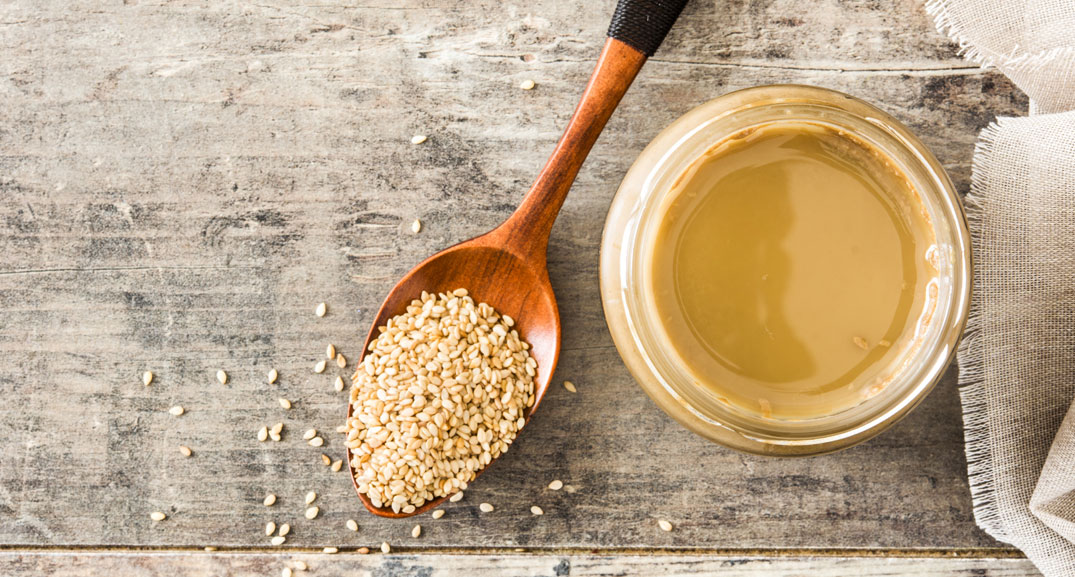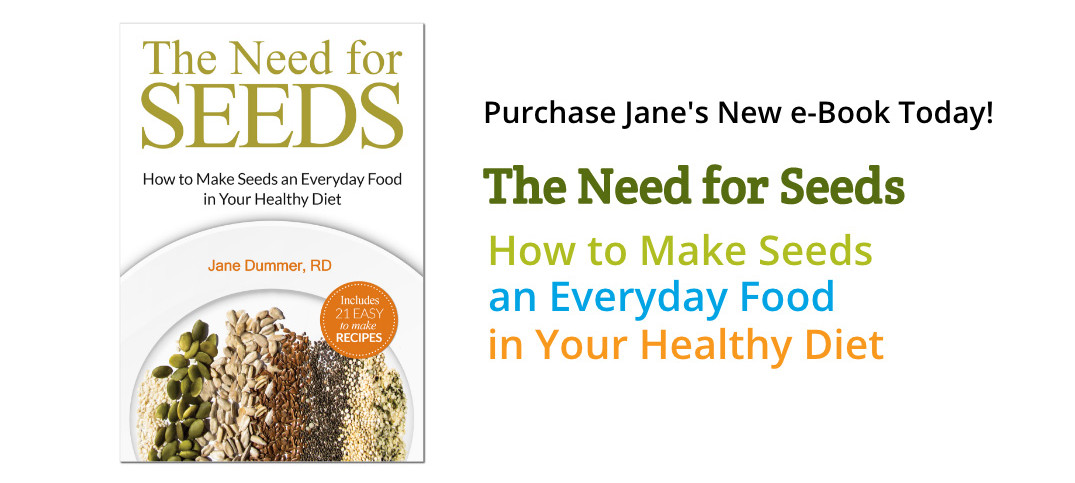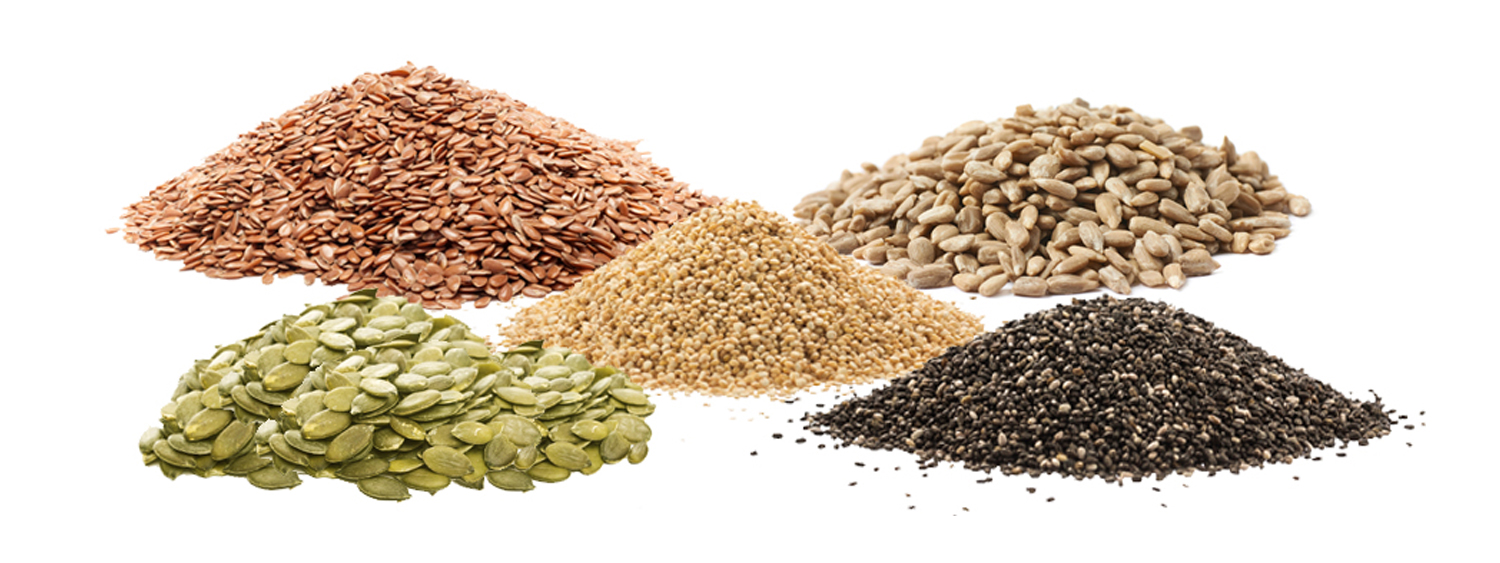
Trending Tahini
For me, sesame seeds were the “new seeds on the block” when my book The Need for Seeds was published three years ago. They were not in my recipe file or a go-to item on my grocery list. Today, both sesame seeds and tahini are found in my kitchen. While new to me, they are one of the oldest known seed crops. According to Assyrian legend, when the gods met to create the world, they drank wine made from sesame seeds. Now that’s an old seed! Let’s take a closer look at sesame seeds and the trending tahini.
Sesame Seeds and Nutrition
The famous phrase from The Arabian Nights, “Open Sesame,” reflects the distinguishing feature of the sesame seed pod, which bursts open when it reaches maturity. Once mature, sesame seeds are beneficial for brain, heart and immune health. Sesame seeds contain up to 55% fat and up to 25% protein, depending on the variety. Although high in fat, sesame seeds are mostly composed of healthy fats. About 45% is made of omega-9 or MUFA and about 36% is polyunsaturated fatty acid (PUFA).
In particular, the most abundant MUFA is the oleic acid at 43%, then the PUFA linoleic (omega-6) acid at 35%. Typically, oils high in MUFA and PUFA are prone to oxidation, but sesame oil has a high stability in terms of oxidation. This may be due to high amounts of antioxidants and vitamin E found in the seeds. In addition to antioxidants, they contain a large amount of polyphenols, phytosterols and lignans (sesamin and sesamolin). Their amino acid composition is similar to that of casein found in milk, except that it has lower amounts of lysine and higher amounts of arginine, methionine and tryptophan. Sesame seeds are also a significant source of the amino acids phenylalanine and glutamine.
The carbohydrate content is composed of small amounts of starch and low soluble sugars with very high amounts of insoluble dietary fiber. Sesame seeds do contain soluble dietary fiber as well. They also have calcium, potassium, magnesium, phosphorus and iron. So with all that nutrition, I believe it’s time to add the nutty taste and crunch of sesames to your menu!
Tahini on Trend
Tahini is a paste made from ground sesame seeds, oil and a pinch of salt. I’m sure you have tried tahini at the local Middle Eastern restaurant. Lately, tahini is becoming more mainstream in North America as a condiment and an ingredient. Chefs and food instragrammers are experimenting with it, which is encouraging home cooks and bakers to try it out.
The first time I tasted tahini paste was when I was backpacking through Turkey in the late 90s. I loved the taste and texture immediately. Often, I will buy it premade at the grocery store; however I recommend making it when you have the time. Toasting the raw sesame seeds gives tahini a nuttier flavour. Tahini paste can be used as a spread to replace nut butters for those with allergies and is a wonderful base to use in salad dressings, hummus, baking and even casseroles. If you want to make it from scratch, check out the tahini recipe in my book.
Final Thought
I believe with the Keto Diet popularity, plus plant-based eating, along with chefs and influencers experimenting; both sesame seeds and tahini are reaping the benefits of being a healthy fat, high protein plant food and ingredient that add taste and texture while being nut-free and gluten-free. Eating just 2 tablespoons (1 ounce or 28 grams) a day allows you to get the nutritional benefits without going overboard. So add, grind, sprinkle and bake away!
I’d love to speak at your upcoming 2019 conferences and events
about latest food and nutrition trends. Click here to contact me.
Reference:
- Dummer, JH. (2016). The Need for Seeds: How to Make Seeds an Everyday Food in Your Healthy Diet.
Copyright © 2019 Jane Dummer | All Rights Reserved

